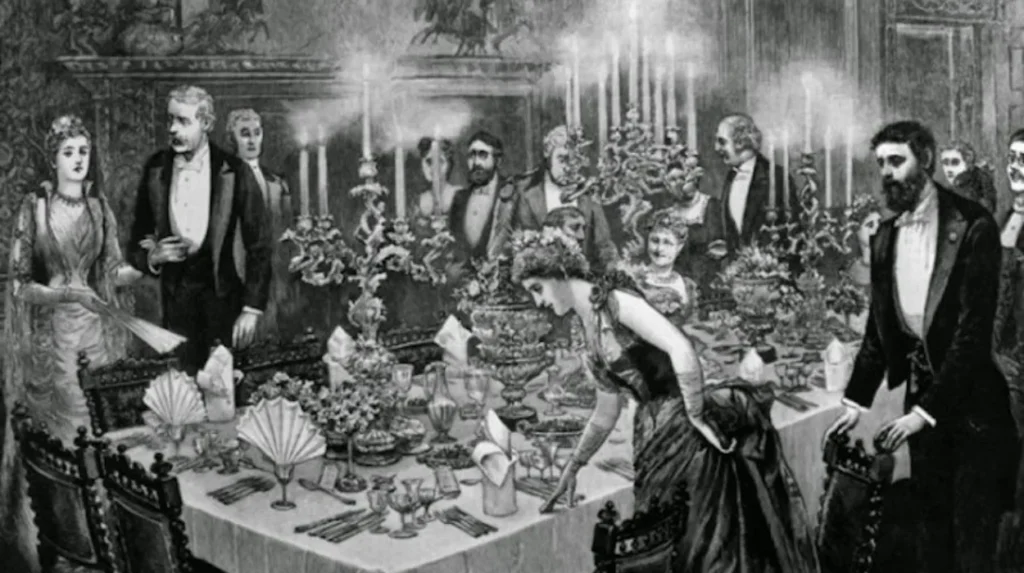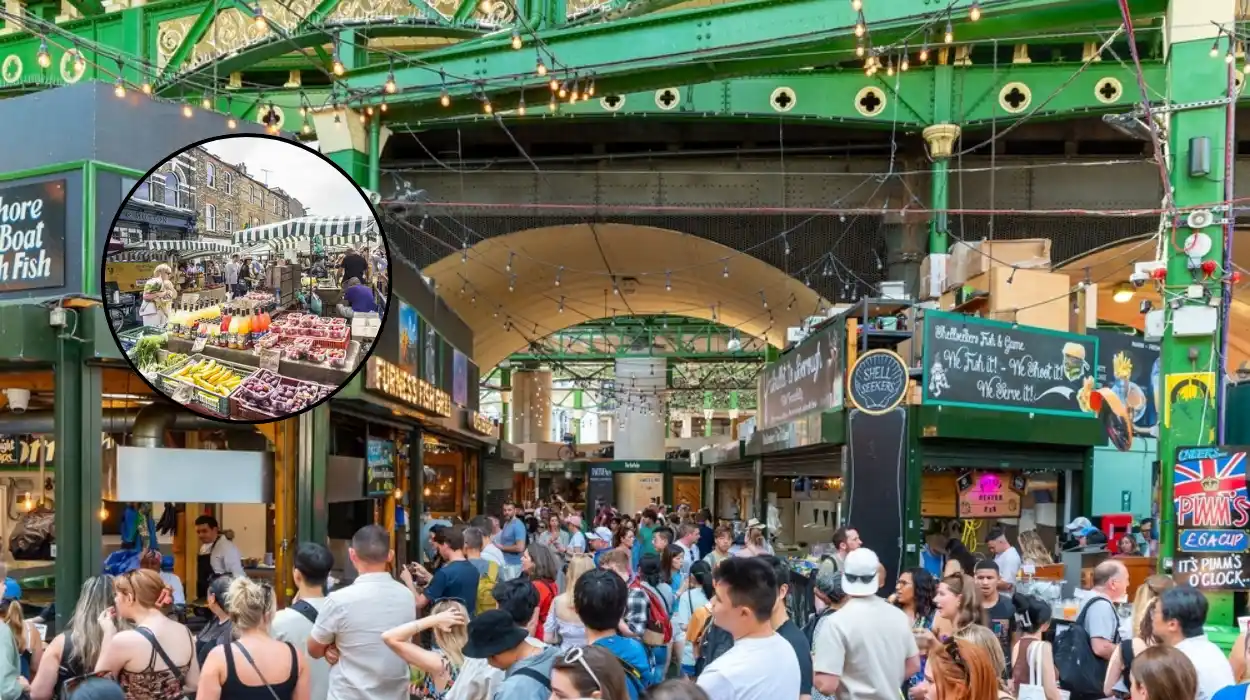The culinary history of East London dates back centuries, initially dominated by taverns and chophouses in the 16th and 17th centuries. These establishments served simple fare alongside ale, forming the social core of working-class neighborhoods.
The 17th century saw the rise of coffee houses, which became centers for social and intellectual exchange. Iconic spots like Button’s Coffee House in the East End attracted figures such as Alexander Pope, fostering a culture of lively conversation and culinary curiosity.
Victorian Era and the Birth of Formal Dining
By the 19th century, the East End experienced a culinary renaissance with the development of grand restaurants influenced by Parisian trends. These venues, like Simpson’s-in-the-Strand, provided opulent dining experiences with French-influenced menus, setting the stage for London’s fine dining traditions.
The term “restaurant” itself emerged around this period, originating in Paris from a broth called “restaurant.” The first London restaurant to adopt this name was Dowling’s in Soho, opening in 1810, signaling a shift toward more refined, dedicated dining spaces.

The Evolution of East London Eateries
From Traditional Pubs to Modern Food Markets
East London’s pub culture has long been intertwined with its food history. Historic pubs, such as those documented by the London Museum, exhibit centuries of local history and serve as custodians of traditional pub fare like fish and chips, pies, and eels – staples in the East End.
In recent decades, traditional eateries have adapted to contemporary tastes with the emergence of vibrant food markets like Roman Road Market and Boxpark Shoreditch. These spaces feature a mix of street food vendors offering global cuisines, from Bengali shingaras and rasgullas to Korean tacos and vegan burgers.
The Role of Pie, Mash, and Eels
Pie and mash shops have been cultural cornerstones in East London for over a century. G Kelly’s pie shop on Roman Road, for example, remains a symbol of the area’s culinary heritage, serving flaky pies with minced meat, mashed potatoes, and parsley sauce—a dish dating back to Victorian times.
Despite the shifting demographics, pie and mash, along with curry houses and Bengali restaurants, continue to serve as affordable, community-oriented food hubs. These establishments reflect East London’s multicultural identity and resilience.

Modern East End Eateries: A Fusion of Tradition and Innovation
Boutique Cafés and Ethnic Cuisine
Today, East London boasts a diverse range of eateries, from artisan cafés to authentic international cuisines. Streets like Brick Lane and Broadway Market are famous for their curry houses, bagel shops, and modern brunch spots. These venues often emphasize sustainability, locally-sourced ingredients, and innovative culinary techniques.
Local and Independent Restaurants
Independent restaurants have flourished in neighborhoods like Shoreditch, Hackney, and Bow, where chefs experiment with fusion dishes that draw inspiration from Asian, Middle Eastern, and African cuisines. These establishments are contributing to East London’s reputation as a major food hub on the global stage.
Cultural Continuity and Innovation
The culinary landscape of East London is constantly evolving, yet remains rooted in its history. Traditional food practices, like pie and mash or fish and chips, coexist harmoniously with modern, globally inspired eateries. This ongoing fusion makes East London’s food scene perpetually interesting and relevant.
Community and Local Character
Despite rapid gentrification, many East London eateries retain their local character. Iconic markets, such as Roman Road or Hackney’s Broadway Market, serve as community hubs—supporting local vendors and preserving the area’s authentic charm.
East London’s eateries, with their rich history and vibrant present, exemplify the area’s cultural mosaic. From Victorian pubs to innovative street food markets, the culinary scene is a living testament to East London’s enduring diversity and resilience. Whether you’re exploring historic pie shops, enjoying international cuisines, or discovering new local gems, East London’s food landscape offers an ever-evolving tapestry worth savoring.
